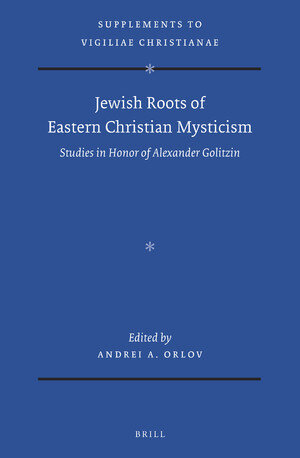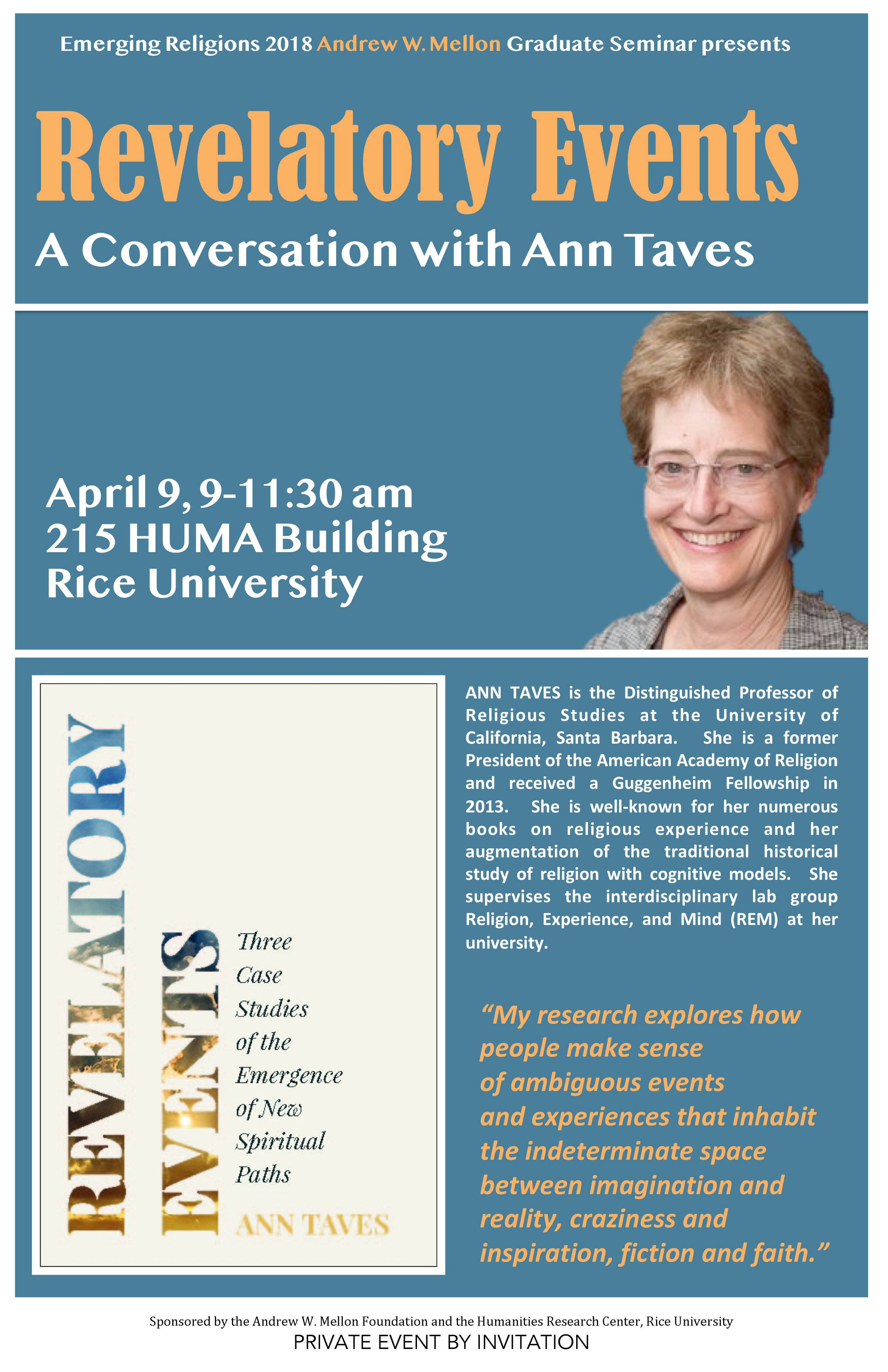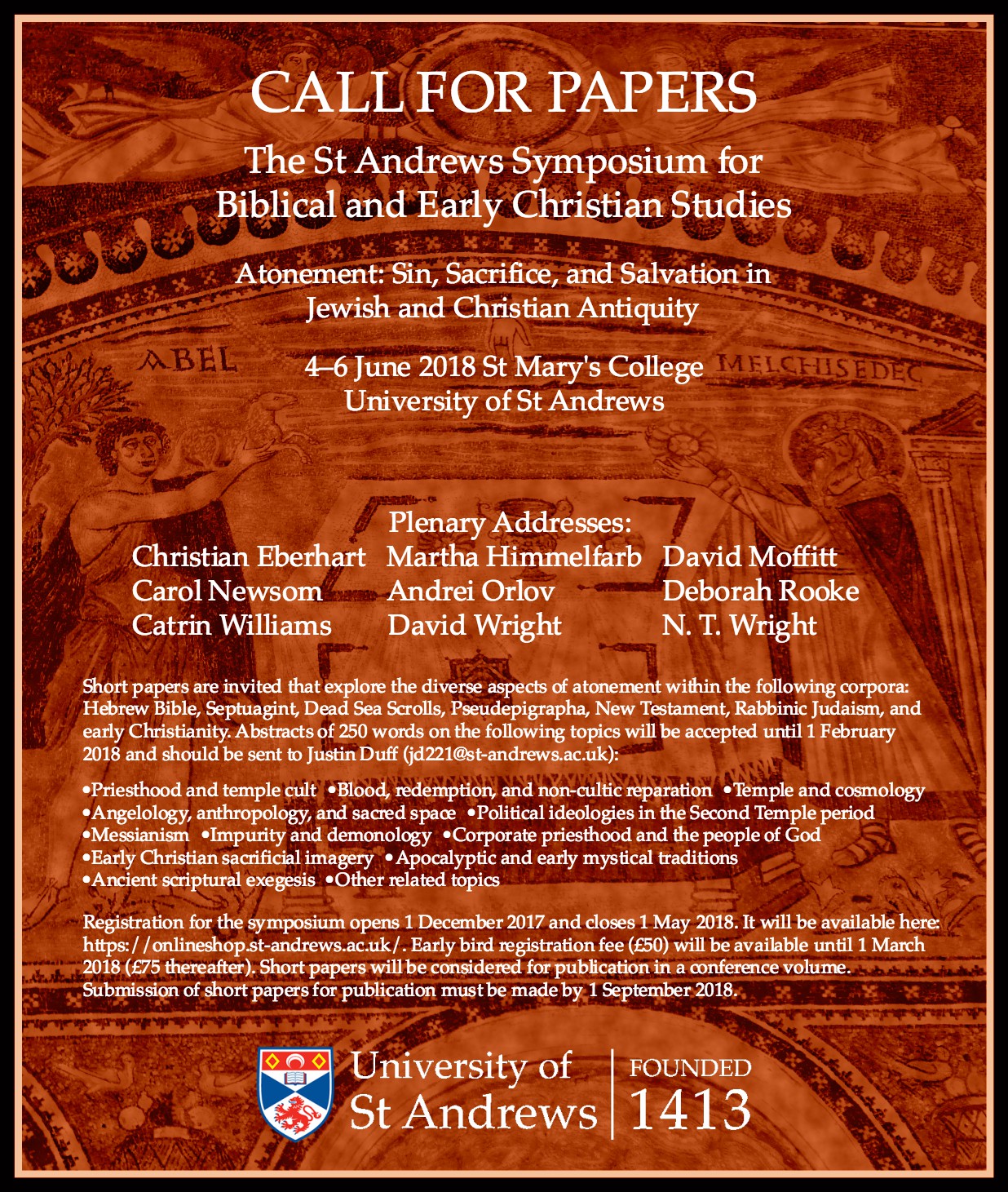Book Note: Jewish Roots of Eastern Christian Mysticism
/There is a wonderful new edited volume on eastern Christian mysticism written in honor of Alexander Golitzin. Andrei Orlov, Golitzin’s student, arranged the volume which is now published by Brill in the Supplements to Vigiliae Christianae. An article that I wrote and presented at an Enoch Seminar a few summers ago appears: “Traumatic Mysteries: Pathways of Mysticism among the Early Christians.” It represents a retrospective and summary of my opinion about the subject of early Christian mysticism and apocalypticism.
It was an honor for me to give this article to Alexander whom I met at the SBL conferences in the early years of the Jewish and Christian Mysticism group (now Mysticism, Esotericism, and Gnosticism in Antiquity). I remember his contributions to the work of our group being both critical and heartfelt, a combination I truly appreciated and found inspiring.
Charles Gieschen, Silviu Bunta, and James Russell also offer new articles on apocalypticism and mysticism. Theophany and transformation are subjects written about by Khaled Anatolios, John Behr, Charles Stang, Marcus Plested, and John McGuckin. The Jewish Temple and liturgy are taken up by Andrei Orlov, Robin Darling Young, Susan Ashbrook Harvey, and Bogdan Bucur. Pseudo-Dionysius, Plato, and Proclus are the subject of a number of other contributions by Istvan Perczel, Andrew Louth, Stephen Shoemaker, Michel Rene Barnes, and Sebastian Brock.















































































